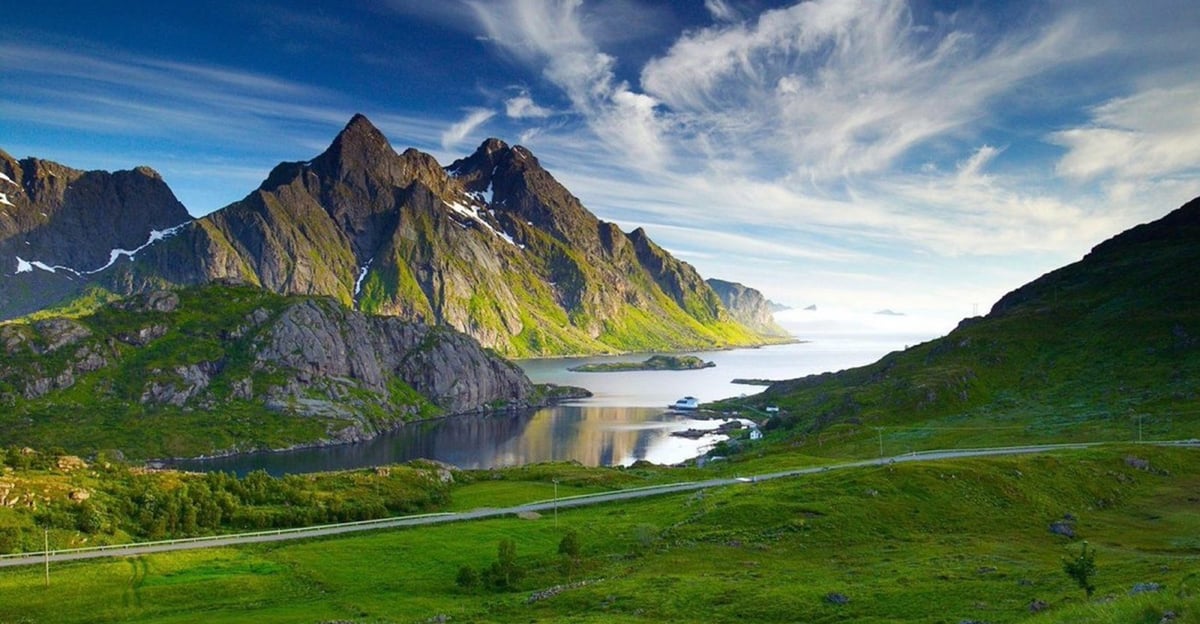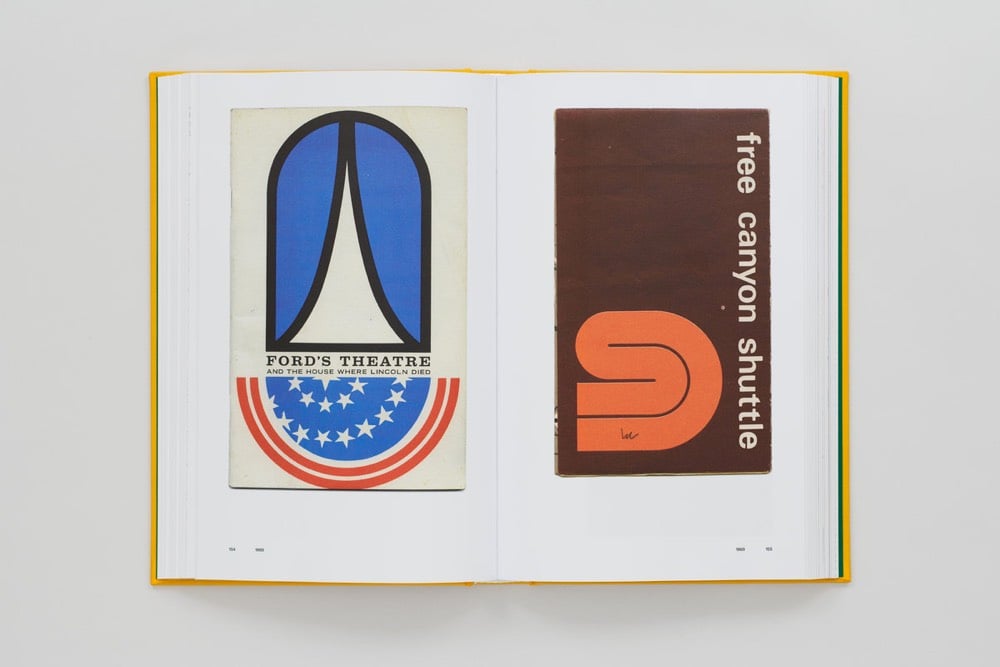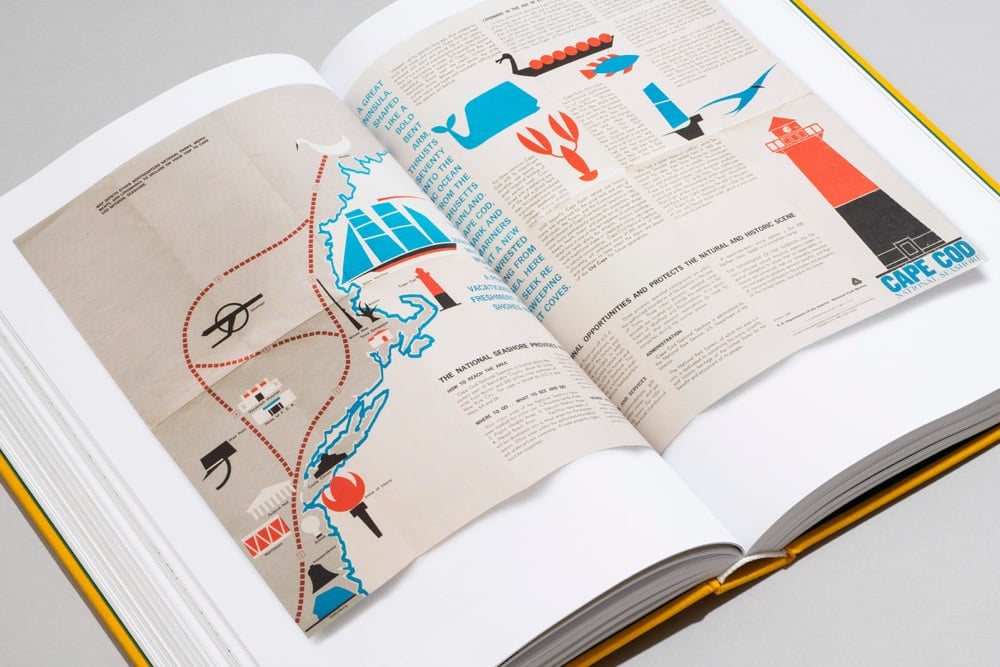Kim Douglas, director of Thomas Jefferson University’s landscape architecture program in Philadelphia, and her colleague Drew Harris, a professor of public health at Jefferson, put together the “park in a truck” program. There are approximately 40,000 vacant lots in the city, the projects wants to make the process of turning these lots into parks much simpler and quicker.
“The Park in a Truck idea is simple: Give local residents the resources and training to design, build and maintain parks on unused land in their own neighbourhoods, they decide whether it’s a place to grow vegetables, a setting to show off local art and culture, a space for child play, or simply a green place for rest and relaxation.”
By building on top of the ground, with no fencing, footings, or foundations, the process doesn’t require permits or special licenses. Once residents have agreed on what kind of park they want to build, a truck drops off the “kit” of components, like simply constructed benches, tables, plant beds and red gravel walkways, and they can get to work, building with their neighbours.
“It’s easy, sort of preassembled … you look at the options, you say ‘I’ll have an Art Park,’ you get a box, and you bring it to the site,” explains Douglas. “[We] provide what I call ‘puzzle pieces,’ these interchangeable park components that people can mix and match and organize.”

Sanjiangyuan in Qinghai is set to become China’s first national park, opening in 2020. It’s part of the Chinese government’s plan to follow the US model of national parks by replacing seven different departments with one, the National Park Administration.
Jonathan Jarvis, the Director of the United States National Park Service under President Obama, visited China to observe some of the past efforts and the new initiatives being put forth. Jarvis was interviewed by AJ Cortese at Pandaily.
Obviously China has had a high priority on economic development for a long time so it was actually refreshing to see them at least state politically, that they want conservation to be the priority. Because, frankly, if you’re going to have a real national park system it can’t just be about visitation or economical development and tourism it has to have a foundation in conservation and historical preservation as well.
We met with local mayors and provincial leaders and they clearly had gotten the message that they were now going to be evaluated in terms of their accomplishments and career status based on ecological conservation and not economic development. What’s interesting was they were asking us to help them figure out what that means because most of them had been trained professionally in economic development, which was to build something: a road, a hospital, a library or a school in these remote communities and now they were being challenged with ecological conservation at the same time as improving the lives of the local communities.
China has said politically that they want to have a complete national park system by 2030. Of course China is hosting the convention of biodiversity next year in October 2020, and I would anticipate that China will be announcing sometime in 2020, this sort of trajectory towards having a complete system with actual designation of at least the first slate, and then another slate and then another. They are trying to do what the US did over 100 years, starting in 1916, in just 10 years. This doesn’t surprise me because that’s kind of the way China does things.
(Emphasis mine.)
From the folks that produced the NYC Transit Authority Graphics Standards Manual and the NASA Standards Manual comes a new book, Parks, about the art, maps, and printed materials produced to support American’s national parks.



From the book’s introduction by Lyz Nagan-Powell:
If, as Wallace Stegner famously declared, the national parks are “America’s best idea,” how can we explore this idea? There is the historical aspect: America invented the concept of nationally owned and operated parks in 1872, when Ulysses S. Grant signed Yellowstone National Park into existence. But there is more to Stegner’s sentiment than just the invention of the parks. The rest of the quote goes on to say that the parks are “Absolutely American, absolutely democratic, they reflect us at our best rather than our worst.”
The national parks story isn’t simple or easy. It’s full of splendor and glory, as well as greed and exploitation. For every person who loves one of the parks like it’s their own home, there is another who resents the federal government for owning it. Even before Yellowstone became the first national park, park history was fraught with tension. Tension between preservation and use, between indigenous people and white explorers, between local rights and federal oversight, between wild freedom and human control, between park purists and park recreationists, and between commercial exploitation and historic value.
With this tense backdrop, or maybe because of it, art, imagery, writing, and design have played a vital role in the history of the national parks. Compelling creative materials that celebrated the land — including books, paintings, performances, and advertisements — have marked developments and milestones. These items have brought the rich landscapes and their scientific and historical significance to life.
Perhaps together, the tension and celebration make the National Park System - parks, monuments, natural areas, historic sites, and more - the perfect embodiment of America itself, and what the “best idea” of the parks is really all about.
Parks is out in October but you can pre-order it now.
Both the NY Times and New York magazine have fall restaurant previews. The southwestern part of Chelsea (+ the Meatpacking) seems to be really jumping these days…lots of stuff happening on 10th Ave (i.e. my walk to Eyebeam most days): Batali, Morimoto, Cookshop, Colicchio, etc. Maybe with all the action over there, maybe the High Line park will work…









Stay Connected